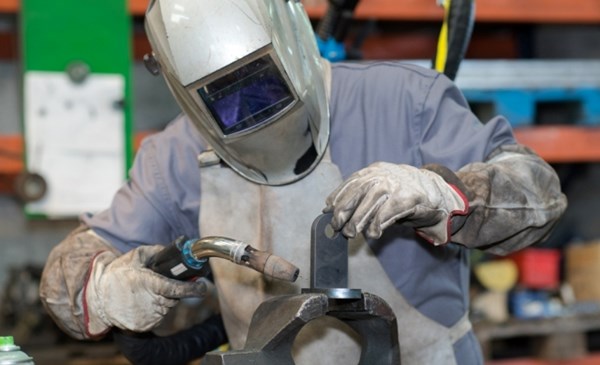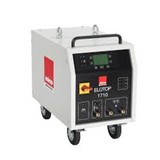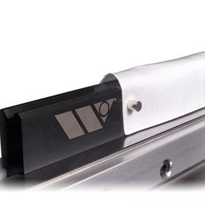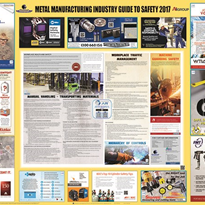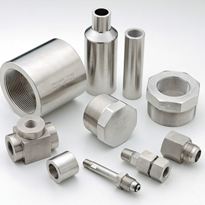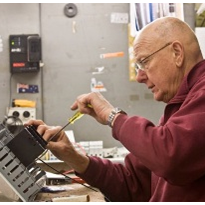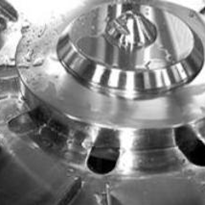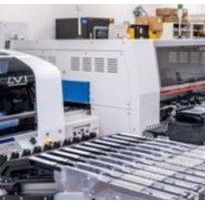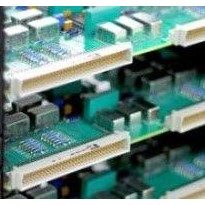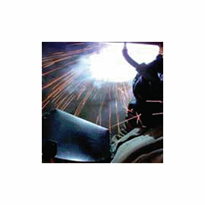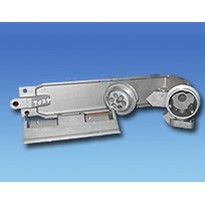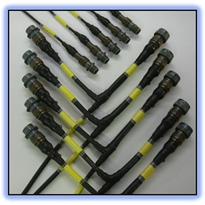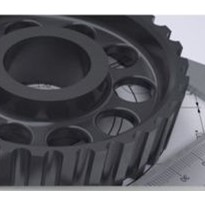In partnering with Swift Metal Services to improve design on metal componentry, the client often asks; ‘what is the best way to weld these parts?’. The answer is varied – because it may differ according to the type of material, the aesthetic requirements or the economic restraints of the project.
In today’s metal manufacturing arena, there are 3 main types of weld methods.
GMAW (Mig Welding) is the most cost effective method of welding medium to heavy plate for production of repetition fabricated components. Hence, this is increasingly important in companies producing large volumes of metal manufacturing, requiring efficient production lines. Typically, where components do not require a high quality finish, MIG welding is the best option. This is because the heat affects a larger zone, and the weld itself is larger than that of TIG welding.
Key Benefits of MIG welding are:
- Productivity: Welders in the metal manufacturing industry use MIG welding for high quantity production runs of metal components because they can weld faster and more efficiently.
- Versatile: The MIG Welding process can be used to join almost any steel and in most thicknesses. Including; Mild Steels, all grades of Stainless Steel, Aluminium, Nickel Alloys, Copper, & Titanium.
- Quality: MIG Welding provides a clean weld and there is also very little slag to clean.
This is the most common method for welded componentry. Useful for all material from around 2mm up to heavy plate. As a result, is used across the whole spectrum of fabrication, and is the most efficient method of repetition welding.
View the Benefits of Repetition Fabrication here:
GTAW (Tig Welding)
If a high aesthetic appeal, food grade welds or minimal space for a weld are critical considerations in the design, then TIG welding will be a good option. TIG welding is most often used for precision welding of thinner materials or when the weld quality and appearance is important.
Key Benefits of TIG welding are:
- Highly aesthetic. A good operator lays down a very small, smooth weld that can be highly polished. This is important in the food industry, where cleanliness is paramount, as well as in the architectural industry, where clean lines & seamless finish is so important.
- Welds are small. The TIG welding process can be for materials as thin as 0.9mm. This, then is the ideal option for small, light gauge components which require accuracy or a high-end finish.
- The application of heat in the TIG process is much more targeted & controllable than MIG welding. The smaller HAZ (Heat affected zone), leads to less thermal distortion and a better looking part.
- TIG welding is most commonly used to weld thin sections of carbon steels & stainless steels and non-ferrous metals such as aluminium, magnesium, and copper alloys, however it is also possible to weld some dissimilar metals.
RSW (Spot Welding) is for thin sheet metal component welding (up to 3mm) in a sandwich configuration. Electrodes clamp the sheets together while the operator applies an electrical current. Creating the fusion of the material in a small area.
Key Benefits of Spot welding are:
- Welders can perform quickly and without the need for any clean up. As well as being able to operate in quick succession.
- Minimal heat distortion.
- Can weld up to 4 thickness of material in one operation.
- Designed for assembly of metal components and the joining of flat faces.
Here at Swift Metal Services we supply high quantities of welded componentry and steel assemblies. The teams in our repetition welding and component assembly areas receive high levels of training and certifications. Therefore they are available to discuss the particular details of your componentry requirements. Furthermore, Swift have invested in the latest welding equipment and automated welding methods. We utilise MIG welding, TIG welding and Spot welding, or a combination of these for welded componentry.
Signup to our blog to receive regular updates direct to your inbox!


